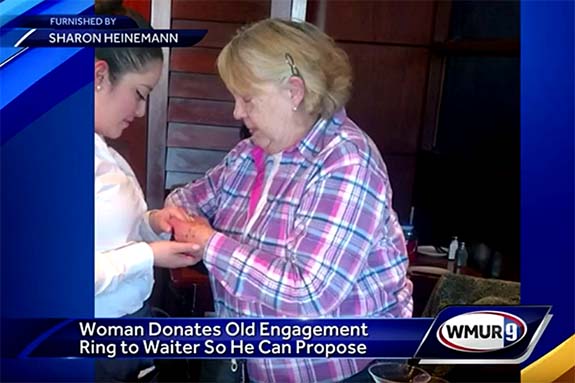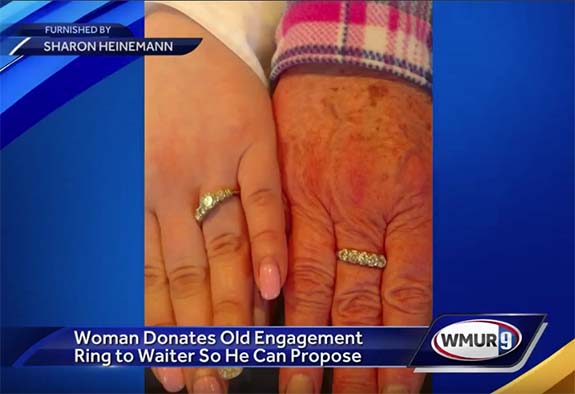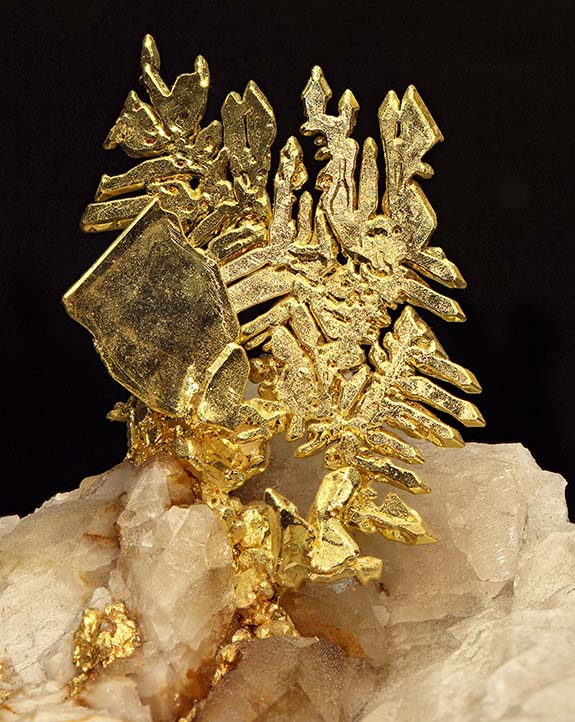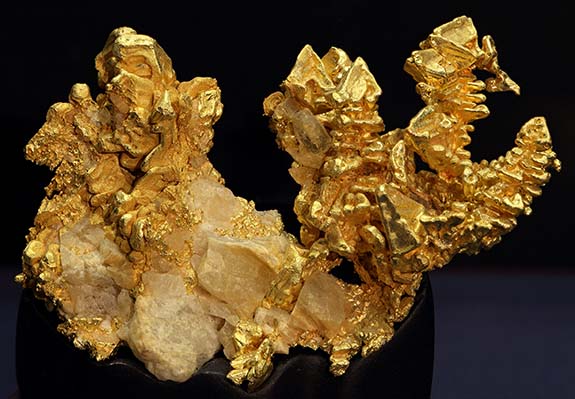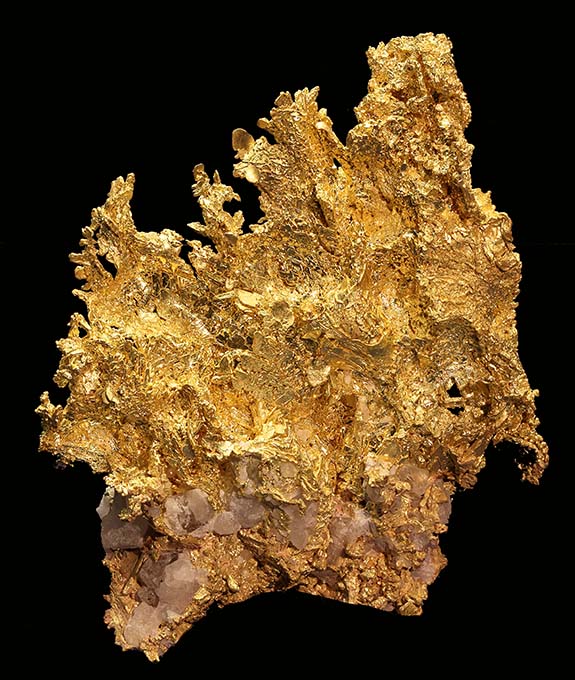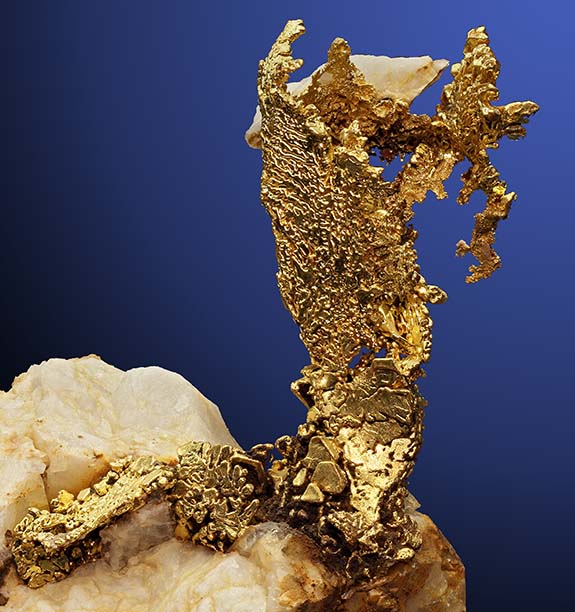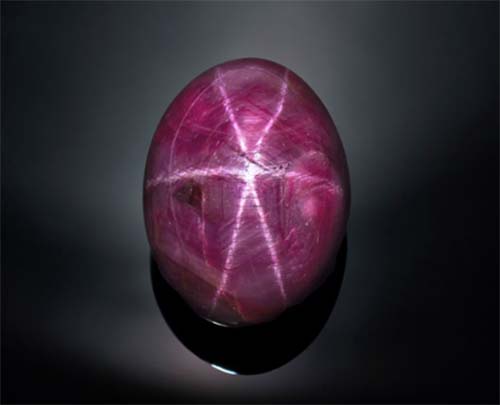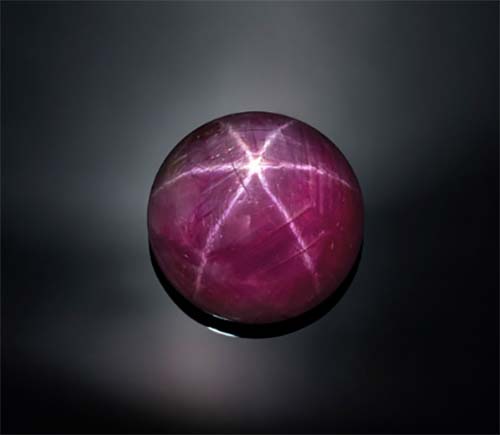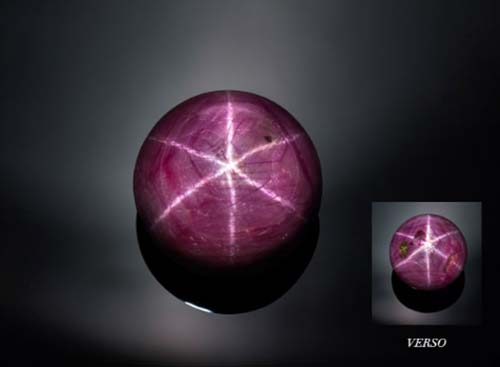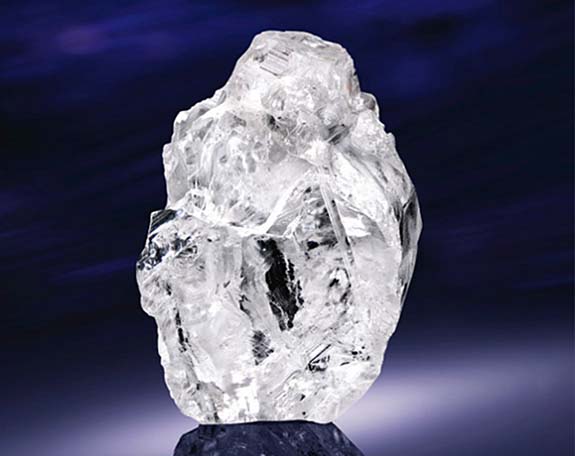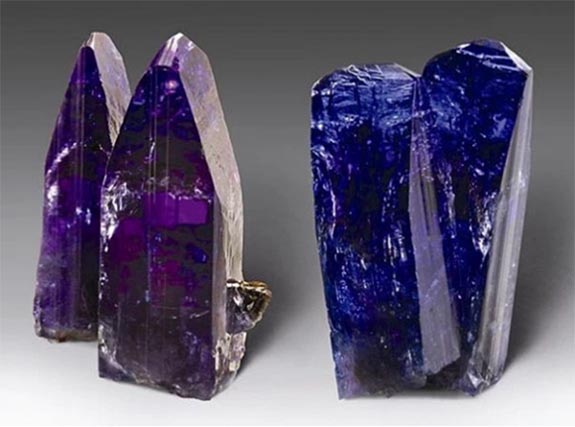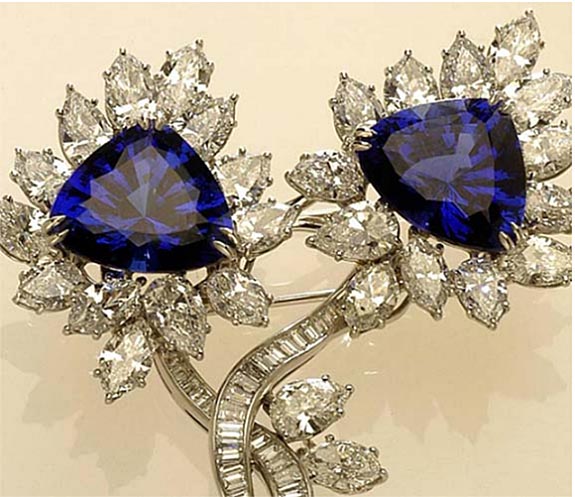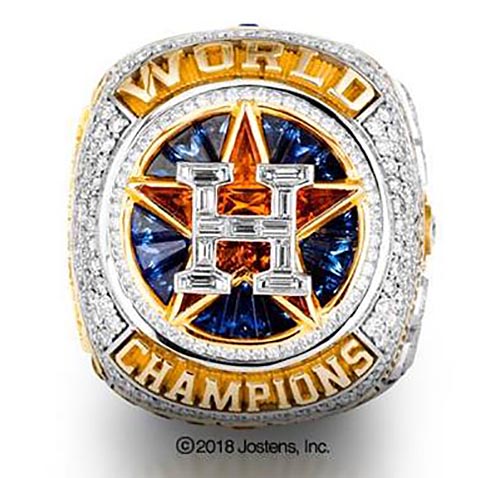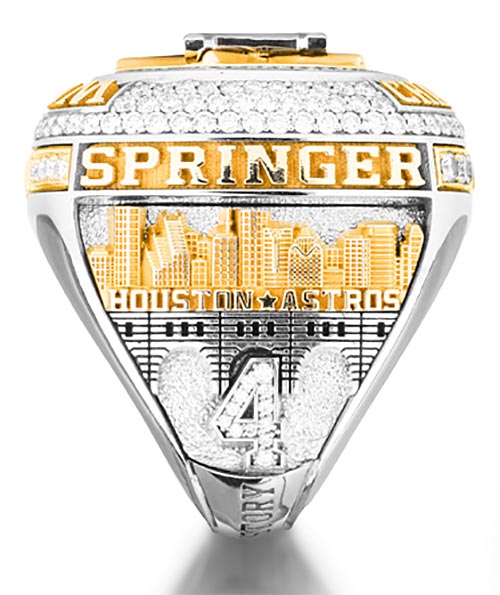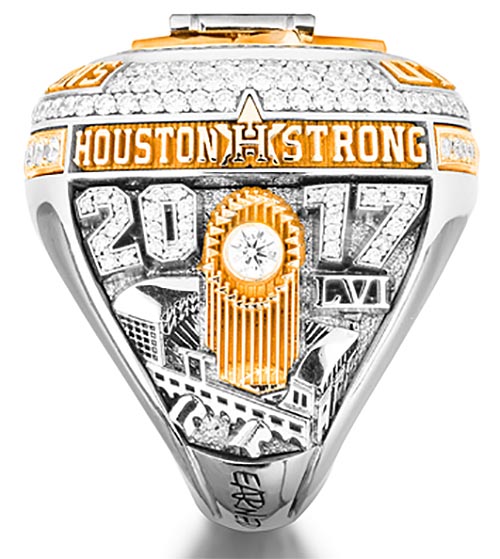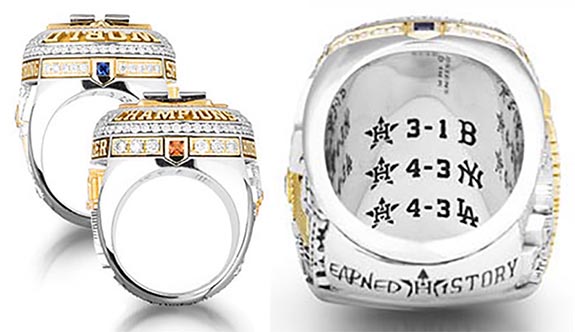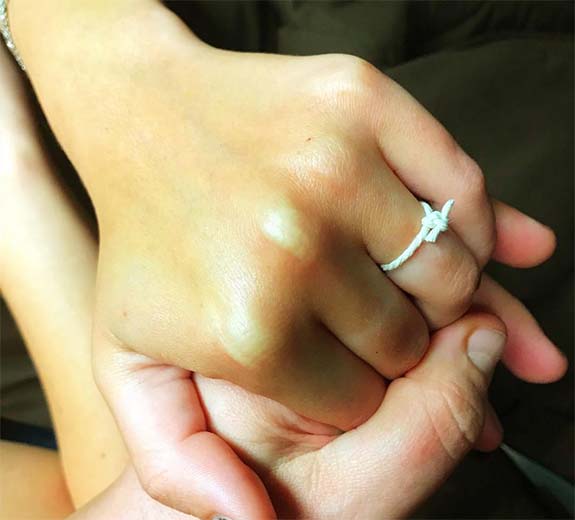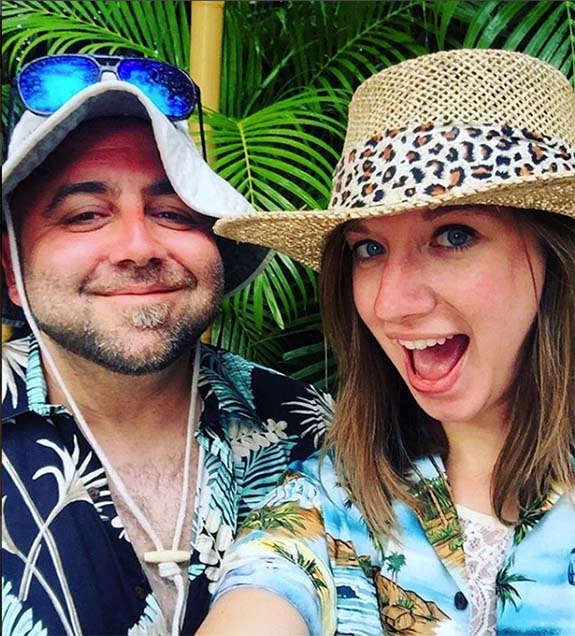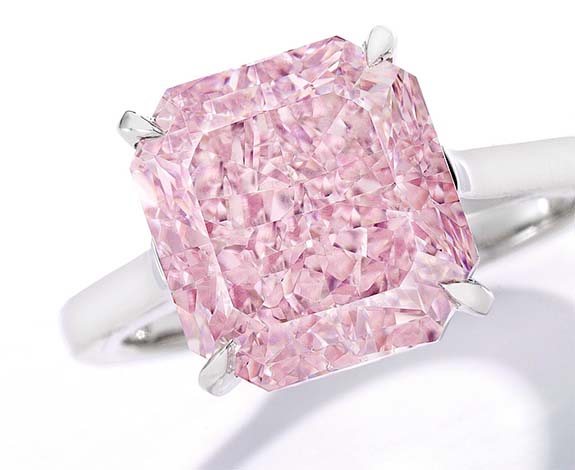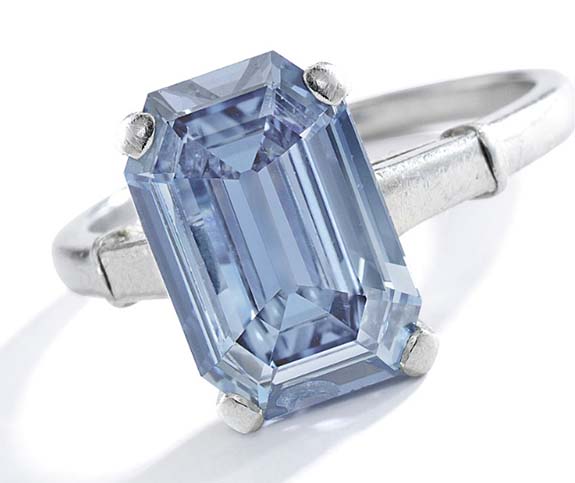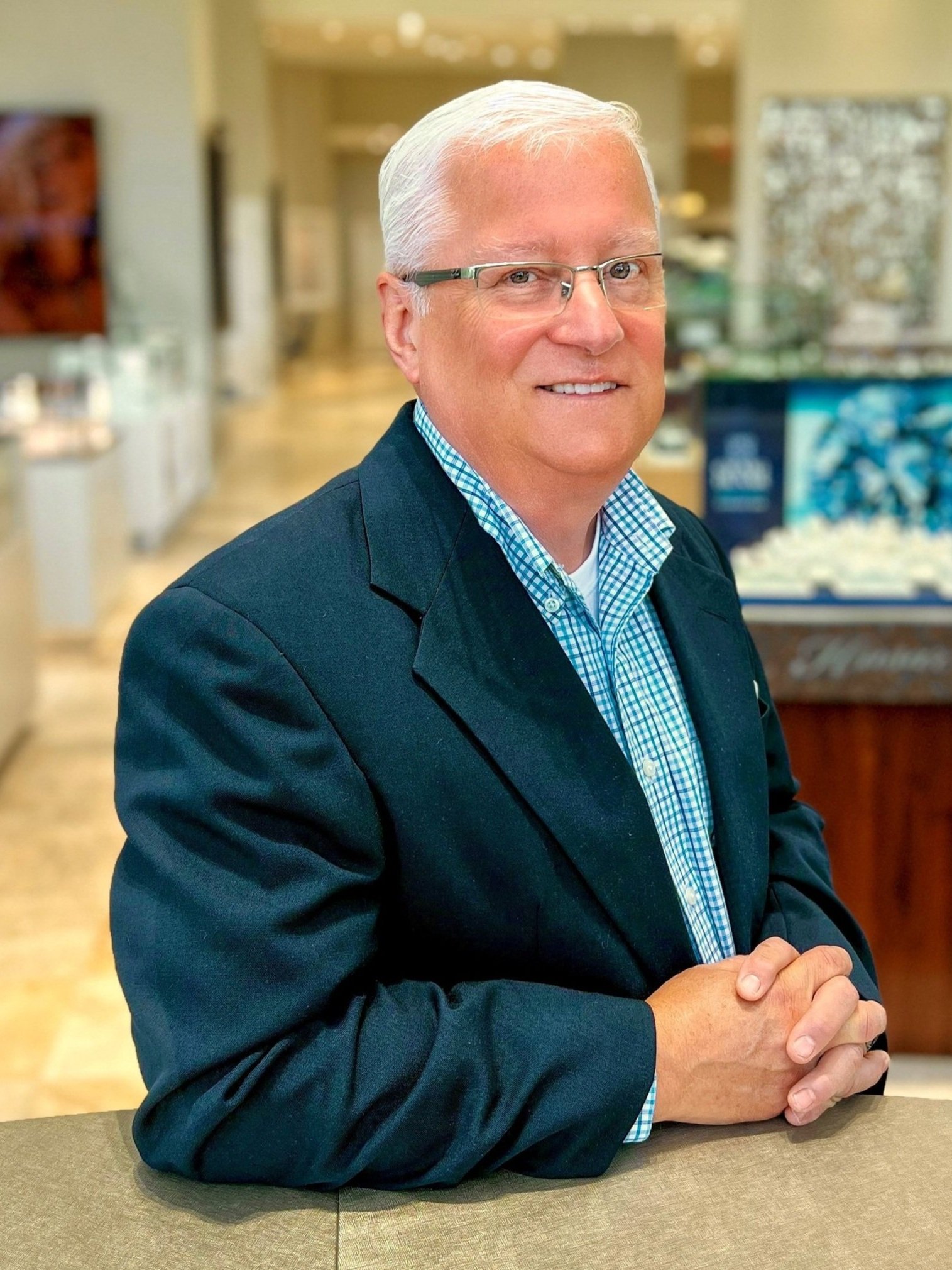Lucara Diamond Corp. is continuing to recover massive diamonds at its Karowe Mine in Botswana. The latest find is a 472-carat "top light brown" gem that rates as the third-largest ever discovered at the prolific mine.
Karowe has assembled an impressive track record for producing the world’s largest fine diamonds. The 1,109-carat Lesedi La Rona and the 813-carat Constellation were both mined there in November 2015. Four diamonds greater that 100 carats already have been recovered during the first quarter of 2018, according to the Vancouver-headquartered mining company.
The recent proliferation of massive stones at Karowe can be attributed to Lucara's investment in X-ray transmission (XRT) imaging technology. The new machines are calibrated to extract 100-carat-plus diamonds by monitoring X-ray luminescence, atomic density and transparency. Previously, large diamonds might have been mistaken as worthless rocks and pulverized by a crushing device.
“The early sampling work [at] Karowe was done with equipment that really was not optimal and they ended up breaking a lot of diamonds,” Chief Executive Officer Eira Thomas told Bloomberg.com. “When we went into commercial production we expected to do better, but we had no idea that the diamonds that were being broken were so much larger. ”
Interestingly, the largest diamond ever found at Karowe — the 1,109-carat Lesedi La Rona — was actually a chunk of a broken diamond. The other part weighed 373 carats.
The unnamed 472-carat rough diamond is expected to be sold alongside Lucara's other top finds of 2018 at the company's first Exceptional Stone Tender later this year.
Lucara's roster of extremely large stones have generated seven-figure paydays for the company. Lesedi La Rona was sold for $53 million; Constellation earned $63 million; and the chunk that broke off Lesedi La Rona delivered $17.5 million.
While brown-tinted diamonds tend to yield lower prices than colorless or fancy-colored diamonds, Thomas — also known as Canada's Queen of Diamonds — believes the extraordinary size of Lucara's newest find may alter the standard valuation process. She told Bloomberg.com that some manufacturers may actually choose to accentuate the color through polishing.
“They tend to command a lot of interest because there are a variety of views on what can be done with stones of that color,” said Thomas.
The 472-carat diamond currently occupies the 31st position on the Wikipedia list of the largest rough diamonds of all time. Lesedi La Rona rates #2 and the Constellation is #7.
Credit: Image courtesy of Lucara Diamond Corp.



